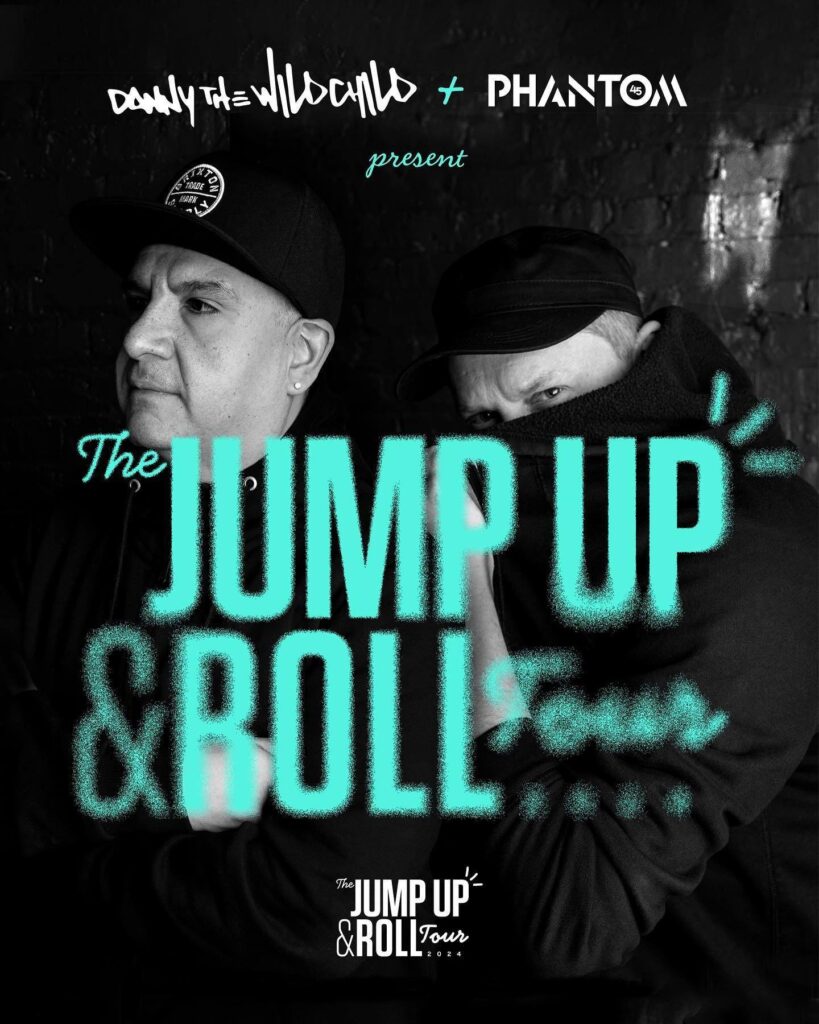The Influential Subgenres of Drum & Bass Music
Drum & Bass (D&B), a genre born in the dynamic and robust electronic music scene of the United Kingdom during the early 1990s, has evolved into a multifaceted musical landscape with a wide array of subgenres. From its roots in breakbeat and jungle music, Drum & Bass has undergone significant transformations, giving rise to subgenres that cater to diverse tastes and preferences. This article delves into the fascinating world of Drum & Bass, exploring just some of its most prominent and influential subgenres which have played an important role in shaping DnB into what it is today.
What Are the Main Subgenres of Drum and Bass Music?
When it comes to electronic music, each of the main genres have an array of subgenres that make up the whole. Drum and Bass music is no exception. In fact, there are a multitude of subgenres in DnB music that have been able to stand out individually and generate loyal fanbases of their own to boot. Let’s breakdown some of the popular subgenres of drum and bass music today:
Jungle:
Jungle, often considered the precursor to Drum & Bass, emerged in the early ’90s as an evolution of breakbeat and reggae sounds. Characterized by intricate breakbeats, heavy basslines, and reggae-inspired samples, Jungle laid the foundation for the entire Drum & Bass genre. Iconic artists such as Shy FX, LTJ Bukem, Goldie, Roni Size, and AK1200 played pivotal roles in shaping the Jungle sound. Over the years, Jungle Music has stayed true to its roots and remains the foundation on which all drum and bass music was born. As such, devoted fans of drum and bass music commonly refer to themselves affectionately as “Junglists” as a tip of the hat to the jungle origin of today’s dnb sound.
Liquid Drum & Bass:
Known for its smooth and melodic elements, Liquid Drum & Bass emerged as a response to the fast-paced and aggressive nature of the genre. With lush pads, soulful vocals, and rolling basslines, Liquid D&B focuses on creating a more emotive and atmospheric experience for the listener. The style and tone of liquid drum & bass music has increased the influence of the genre to include a much wider array of listeners, even helping many cross over becoming true fans. Artists like High Contrast, Calibre, and London Elektricity are recognized for their contributions to this subgenre.
Jump-Up Drum & Bass:
Jump-Up is the party-centric, high-energy face of Drum & Bass. With infectious basslines, catchy hooks, and bouncy beats, Jump-Up is designed to make crowds dance. Staying true to the core of electronic dance music, Jump Up Drum & Bass Music is heavily focused on making people move and fill in the dance floor. Artists like DJ Hazard, DJ Hype, DJ Zinc, TC, DJ Guv, and Danny the Wildchild are synonymous with this subgenre, bringing a playful and energetic vibe to the Drum & Bass scene.
Techstep:
In the late ’90s, Drum & Bass took a darker turn with the emergence of Techstep. Characterized by sharp, industrial sounds, distorted basslines, and intricate drum patterns, Techstep introduced a more futuristic and experimental edge to the genre. Notable artists like Ed Rush & Optical, Bad Company, and Konflict are associated with the development of the Techstep subgenre of drum and bass music.
Neurofunk:
Neurofunk takes the experimental aspects of Techstep to the next level, incorporating complex sound design, twisted basslines, and unconventional rhythms. This subgenre is known for its cerebral and avant-garde approach, often pushing the boundaries of what is considered traditional Drum & Bass. Pioneers such as Noisia, Black Sun Empire, Phantom 45, Ed Rush, and Optical are key figures in the Neurofunk movement. With many rising stars beginning to truly shine across the globe, such as Mefjus, NC-17, Bad Syntax, Gridlok, Burr Oak, CPTL PNSHMNT just to name a few, the drum and bass subgenre of Neurofunk is absolutely making its mark.
Drumfunk:
Drumfunk, as the name suggests, places a strong emphasis on intricate and complex drum patterns. Often characterized by unconventional breakbeats and syncopated rhythms, Drumfunk provides a unique listening experience. Artists such as Paradox, Fanu, Phantom 45, and Seba have contributed significantly to the development of Drumfunk.
Conclusion:
Drum & Bass music, with its diverse subgenres, stands as a testament to the genre’s ability to adapt, innovate, and cater to a wide range of musical preferences. We have covered only some of the most popular subgenres within drum and bass music, however, it can be said; that every subgenre within has garnered increased popularity and growing audiences around the world. Whether you’re drawn to the soulful melodies of Liquid Drum & Bass, the dark and experimental sounds of Techstep and Neurofunk, or the high-energy vibes of Jump-Up, the world of Drum & Bass has something for everyone. As the genre continues to evolve, new subgenres are likely to emerge, further enriching the ever-expanding tapestry of Drum & Bass music.


